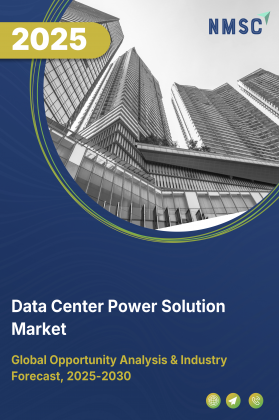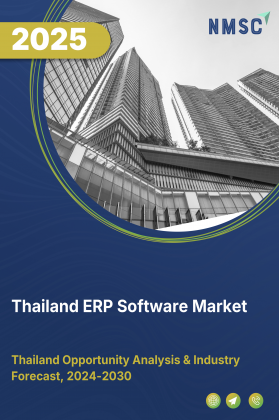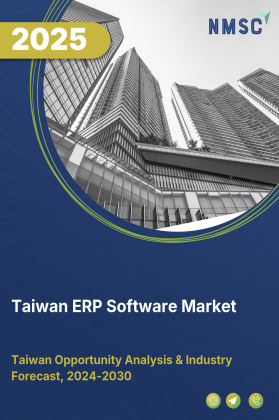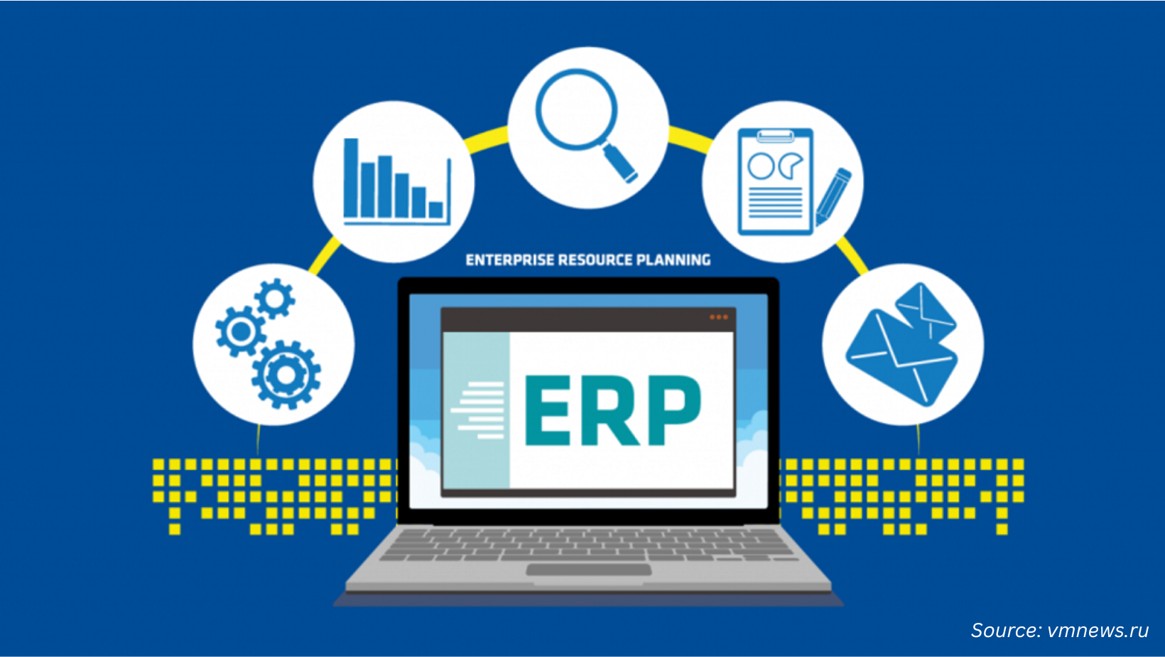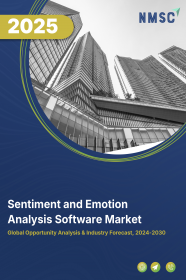
Sentiment and Emotion Analysis Software Market by Component (Solutions and Software), by Enterprise Size (Large-Sized Enterprises and Small and Medium-Sized Enterprises), by Industry Vertical (Health Care, Government & Defense, Transport & Logistics, Retail, Gaming, Security, Media & Entertainment, and Others) - Global Opportunity Analysis and Industry Forecast, 2024–2030
Market Definition
The global Sentiment and Emotion Analysis Software Market size was valued at USD 26.85 billion in 2023, and is predicted to reach USD 62.38 billion by 2030, with a CAGR of 12.80% from 2024 to 2030. Sentiment and emotion analysis, also known as opinion mining or emotion AI, is an analysis technique to systematically identify, extract, quantify, and study affective states and subjective information.
Sentiment and emotion analysis software is cognitive software that can capture an extensive range of body language that remains unnoticed even by humans themselves. The inclusion of artificial intelligence (AI) increases the accuracy and efficiency of the software.
The analysis uses natural language processing, text analysis, computational linguistics, and biometrics. This software helps assess human emotions and body language for safety issues along with the treatment of various mental disorders such as depression, insomnia, anxiety, and others.
Market Dynamics and Trends
The demand for sentiment and emotion analysis software is increasing due to the importance of customer feedback and user-generated content in shaping business strategies. Companies are leveraging sentiment analysis to gain a deeper understanding of customer opinions, preferences, and satisfaction levels. This data-driven approach helps in enhancing customer engagement, loyalty, and retention.
Moreover, with a growing awareness of mental health issues, healthcare professionals are using sentiment and emotion analysis software to monitor and assess the emotional states of patients. This technology can help identify signs of anxiety, depression, or other mental health conditions through the analysis of patient communications, such as text messages, social media posts, or recorded conversations.
For instance, in July 2021, Opsis, a software solutions provider, collaborated with social services agency Lions Befrienders (LB) to develop emotion analysis software with AI technology. This innovative software intends to revolutionize the way counselors interact with seniors, enabling them to provide more precise diagnoses for mental health conditions, including anxiety, stress, and depression.
Furthermore, technological advances in natural language processing (NLP) drive the demand for sentiment and emotion analysis software. The evolving landscape of NLP technologies, including deep learning models and sophisticated language understanding algorithms, enables sentiment analysis tools to interpret human emotions with greater accuracy and nuance.
Businesses, healthcare providers, and various industries increasingly recognize the value of understanding customer sentiments, patient emotions, and user feedback to tailor their services, improve customer experiences, and offer empathetic interactions.
However, collecting and analyzing personal data for sentiment analysis raises significant privacy and ethical concerns. Stricter regulations such as the General Data Protection Regulation (GDPR) and California Consumer Privacy Act (CCPA) have limited how companies can handle and analyze user data. This led to challenges in sourcing and using data for sentiment analysis. In addition, skepticism among various researchers concerning the accuracy of emotion analysis AI technology is indeed a significant restraint affecting the growth of the market.
On the contrary, advancements in AI-driven sentiment analysis, particularly the utilization of advanced deep learning models such as recurrent neural networks (RNNs) and transformers, are expected to unlock significant opportunities for the sentiment and emotion analysis market. These sophisticated models can process large amount of textual data and learn complex patterns and relationships between words and phrases. This capability opens new possibilities and applications within the sentiment and emotion analysis software industry.
Market Segmentation and Scope of Study
The global sentiment and emotion analysis software market report is segmented on the basis of component, enterprise size, end user, and geography. Based on component, the market is bifurcated into solution and software. Based on enterprise size, the market is classified into large-sized enterprises and small and medium sized enterprises. On the basis of industry vertical, the market is divided into health care, government & defense, transport & logistics, retail, gaming, security, media & entertainment, and others. The geographical breakdown and analysis of each of the aforementioned segments include regions, such as North America, Europe, Asia-Pacific, and the rest of the world (RoW).
Geographical Analysis
North America dominates the global sentiment and emotion analysis software market share, and is expected to maintain its dominance throughout the forecast period. This achievement can be attributed to the widespread adoption of advanced wearable devices, including smartwatches and fitness trackers, which boast enhanced technological features. This, in turn, firmly establishes the region's prominence in the market.
For instance, in August 2020, Amazon launched its new wearable Halo and Halo band with emotion detection features. The band uses a feature called Amazon Tone that detects the user’s state of emotion through their voice tone throughout the day.
Moreover, key players in this region are investing in technologies to improve their research and development (R&D) activities, propelling the market growth. In addition, the presence of many sentiment and emotion analysis software vendors such as Apple, Microsoft, and NVISO that are adopting various market strategies is fueling the market growth.
For instance, in June 2022, NVISO collaborated with Siemens Healthineers to deploy real-time deep learning-based AI Apps for face detection, head pose recognition, facial recognition, and emotion recognition within a trial environment to create greater clinical and operational customer value.
On the other hand, the Asia-Pacific region is witnessing substantial expansion within the global sentiment and emotion analysis software market, driven by a growing population of internet users and a surging trend towards smartphones equipped with advanced AI-based virtual assistants. This growth can be attributed to the region's robust technological advancements and increasing user adoption.
According to the Global System for Mobile Communications Association, the surge in the number of mobile internet users exceeded 1.2 billion in Asia-Pacific region in 2021. With the growing number of internet users, more and more people are becoming aware of AI and virtual assistants, boosting the growth of the sentiment and emotion analysis software market in this region.
In addition, the growing spending for the development of AI and machine learning (ML) technology in this region is further boosting the growth of the sentiment and emotion analysis software market in this region. According to International Data Corporation, AI spending in Asia-Pacific countries, including China, India, Japan, Singapore, and others, is expected to reach USD 46 billion by 2026.
Competitive Landscape
The sentiment and emotion analysis software industry includes several market players, such as NEC Corporation, Apple, Inc., Nemesysco, Google LLC, IBM Corporation, Cognitec Systems GmbH, Microsoft, NVISO, Intel Corporation, Noldus Information Technology BV, and others. These market players are adopting various product launch strategies and planning partnership with businesses across various regions to maintain their dominance in the global market.
For Instance, in March 2022, Nemesysco announced to launch of a new voice analytics company called Emotion Logic. Through this launch, the company aims to use AI to detect and measure human emotions and improve automated communications and interactions in metaverse worlds.
Also, in October 2020, NEC Corporation announced its strategic partnership with Realeyes, a leader in computer vision and emotion AI services. It introduced an innovative emotion analysis service by seamlessly merging Realeyes' advanced emotion analysis technology with NEC's cutting-edge biometric identification and video analytics technologies. The new solution uses video communication tools on PCs and smartphones for analyzing user emotions from their facial expressions along with considering privacy.
Key Benefits
-
The report provides quantitative analysis and estimations of the sentiment and emotion analysis software market from 2024 to 2030, which assists in identifying the prevailing market opportunities.
-
The study comprises a deep-dive analysis of the sentiment and emotion analysis software market, including the current and future trends to depict prevalent investment pockets in the market.
-
Information related to key drivers, restraints, and opportunities and their impact on the sentiment and emotion analysis software market is provided in the report.
-
Competitive analysis of the players, along with their market share is provided in the report.
-
SWOT analysis and Porters Five Forces model is elaborated in the study.
-
Value chain analysis in the market study provides a clear picture of roles of stakeholders.
Sentiment and Emotion Analysis Software Market Key Segments
By Component
-
Solution
-
Software
By Enterprise Size
-
Large-Sized Enterprises
-
Small and Medium Sized Enterprises
By Industry Vertical
-
Health Care
-
Government & Defense
-
Transport & Logistics, Retail
-
Gaming
-
Security
-
Media & Entertainment
-
Others
By Region
-
North America
-
The U.S.
-
Canada
-
Mexico
-
-
Europe
-
The U.K.
-
Germany
-
France
-
Italy
-
Spain
-
Denmark
-
Netherlands
-
Finland
-
Sweden
-
Norway
-
Russia
-
Rest of Europe
-
-
Asia-Pacific
-
China
-
Japan
-
India
-
South Korea
-
Australia
-
Indonesia
-
Singapore
-
Taiwan
-
Thailand
-
Rest of Asia-Pacific
-
-
RoW
-
Latin America
-
Middle East
-
Africa
-
Key Players
-
NEC Corporation
-
Apple, Inc.
-
Nemesysco
-
Google LLC
-
IBM Corporation
-
Cognitec Systems GmbH
-
Microsoft
-
NVISO
-
Intel Corportaion
-
Noldus Information Technology BV
REPORT SCOPE AND SEGMENTATION:
|
Parameters |
Details |
|
Market Size in 2023 |
USD 26.85 Billion |
|
Revenue Forecast in 2030 |
USD 62.38 Billion |
|
Growth Rate |
CAGR of 12.80% from 2023 to 2030 |
|
Analysis Period |
2023–2030 |
|
Base Year Considered |
2023 |
|
Forecast Period |
2024–2030 |
|
Market Size Estimation |
Billion (USD) |
|
Growth Factors |
Increasing importance of customer feedback and user-generated content in shaping business strategies Rising demand for monitoring and assessing the emotional states of patients Technological advances in Natural Language Processing (NLP) helps to interpret human emotions with greater accuracy. |
|
Countries Covered |
28 |
|
Companies Profiled |
10 |
|
Market Share |
Available for 10 companies |
|
Customization Scope |
Free customization (equivalent to up to 80 working hours of analysts) after purchase. Addition or alteration to country, regional, and segment scope. |
|
Pricing and Purchase Options |
Avail customized purchase options to meet your exact research needs. |




















 Speak to Our Analyst
Speak to Our Analyst



